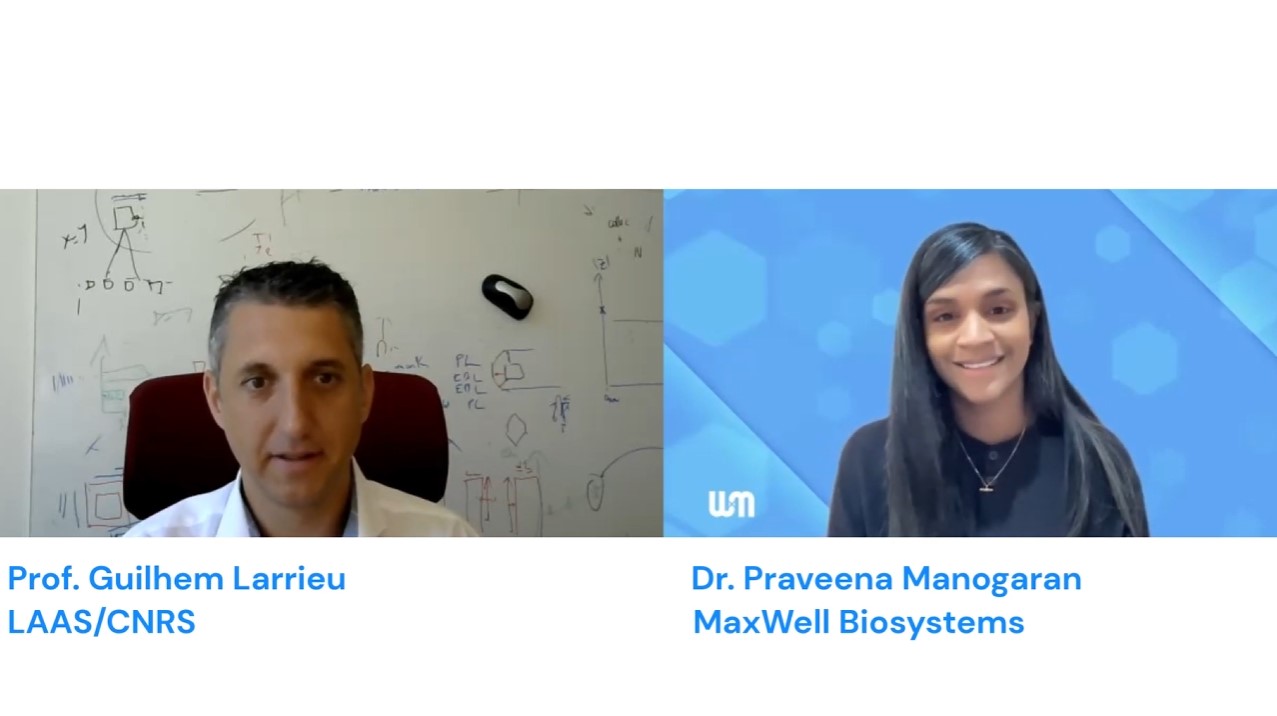Welcome back to our series involving online interviews of the main Partners from the NEUREKA Consortium where they get the chance to tell us a little bit about their expertise as well as what they contribute towards this multinational multi-institutional project. This week we are interviewing Prof. Professor Gilham of LAAS/CNRS
I’d like to begin the interview by asking you to give us some details on your own background and expertise
My background is on physics and Material Science. I work for more than 20 years on Nano Electronics by developing even smaller and more efficient transistor devices and about seven years ago I opened my research activity towards development of nano structure devices for electrophysiology of cells like neurons, but inspired by the tricks of silicon Nano electronic processes.
What is the main role of your lab in the NEUREKA project
Our main contribution is the development of this Nano electrode array technology, A nano electrode is composed by a vertical metallic Nano wire about five micro long that allow a high higher affinity and much more Resolute capture of the electrical signal generation. Our core technology is composed by 60 electrodes in parallel as well as Associated electronic system. In the framework of NEUREKA we are trying to integrate this technology on the technology of MaxWell biosystems in order to reach very high density of Nano electrodes
What are the main contributions of the NEUREKA project that will advance your specific field of research
Clearly the the stimulation of neuronal culture with Nano electrodes, because up to now we were mainly focused on optimization of the recording performance of the neural electrical activity. The focus on stimulation now open, both I would say at the fundamental level as the engineering of the Nano interface characterization as well as in the applicatiion level, in particular the very localized stimulation of sub cellular compartments of the cell and also the use of computer protocol of stimulation.
How many researchers are involved in your group and what are their specific expertise
So in this project I have two excellent PhD students working on optimization of the technology for the stimulation, and a postdoc researcher on the deployment of our technology on the stimulation platform of Maxwell biosystems. On top of that we have also a very strong support from the LAAS technical staff with in particular Fabrice we develop the electronic part to drive the platform. We have scientists who manage the biological part, and finally Laurent who manages work in clean room. Micro nanofabrication is an interdisciplinary project across Europe
can you elaborate on the impact that the project Partners have on your research
The NEUREKA Consortium is very diverse and at some point very complimentary, with people from Materials Science, neuronal interface, neuronal computation modeling, and also academics. This high quality interdisciplinary Consortium definitively feeds each group of research. In my particular case the work with neuro-interface specialists was to understand our technology more finely. Also of course we have the very sustained collaborative work with the MaxWell system that allows important advances on this type of technology, but also to address more general questions in Electronics such as integration of device on chip technology.
Is there any general marks um project outlook for your work
I would for sure it’s a pleasure to work in such a consortium on daily basis and I hope this project is a beginning of a beautiful journey to our new approaches for Bio-silicon data.
Finally do you have any sort of social media that you wanted to shout out or any final remarks
Just to say if you are a motivated young researcher or PhD student or postdoc, if you want to join avenue just feel free to to contact me.
Thanks again for all sharing everything about your work and uh we look forward to hearing more about your project in the future yeah
Thank you very much thanks and bye bye
.
